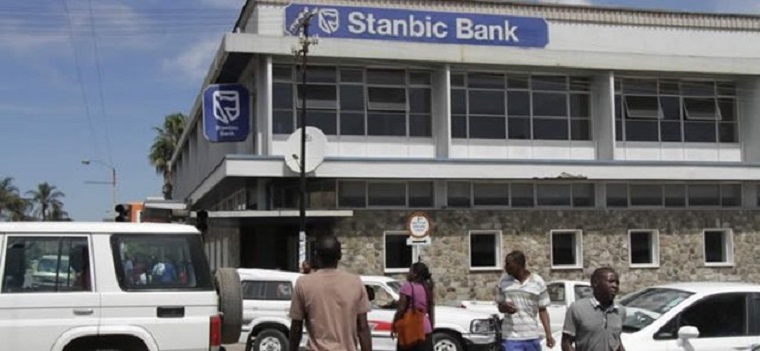Stanbic Bank Zimbabwe reported a 22 percent increase in after tax profit to $12.8 million in the half year to June from $10.5 million in the comparable period last year, on increased income.
The bank’s total income increased by 13 percent to $50.9 million from $44.9 million last year.
“The improved financial performance was achieved on the back of better net interest income as additional short term investments were acquired during the period compounded by strengthened collection efforts on non performing loans,” said chair Gregory Sebborn .
Net interest income was up 11 percent from $23 million in the prior year to $25.5 million on additional short term financial investments that were acquired during the period.
Fees and commission income dropped four percent to $15 million from $15.6 million in the comparable period last year, largely due to central bank’s directive to reduce cash withdrawal charges.
The bank’s operating expenses increased by 12 percent to $28.6 million from $25.5 million in the same period last year attributable to the bank’s expansion initiatives.
Loans and advances decreased by 5.6 percent to $258 million from $273.5 million, while deposits increased to $890.4 million from $702.2 million in the same period last year.
Stanbic bank’s total assets increased to $1.1 billion from $845.5 million in the same period last year.
The bank’s core capital stood at $119.5 million way above the current regulatory threshold of $25 million.
The central bank has set a $100 million minimum capital threshold for banks by 2020. –The Source
(72 VIEWS)







0 Comments